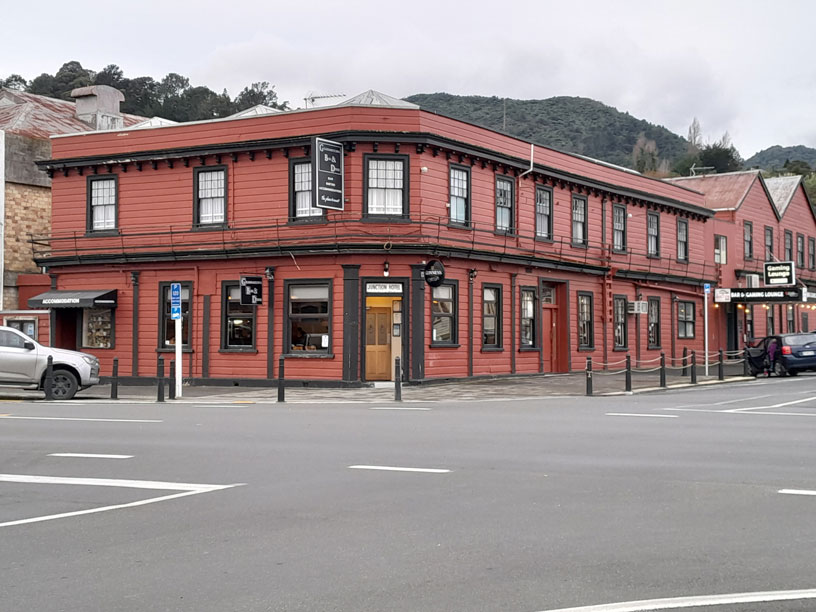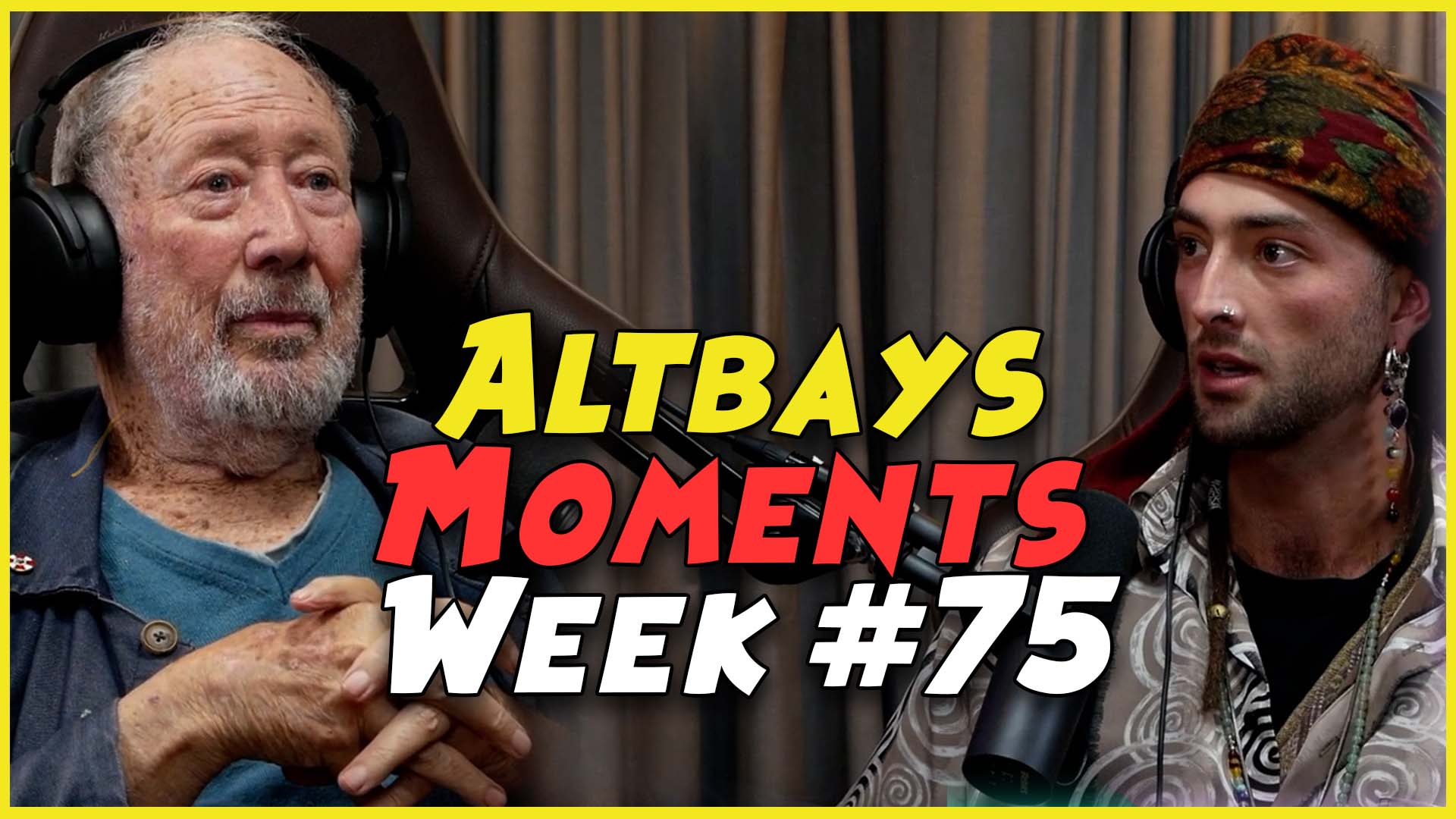
Centuries ago, Māori settled Tīkapa Moana|the Firth of Thames, revelling in the abundance of kaimoana, freshwater eels and birdlife.
Kauaeranga, near the river-mouth, was a significant settlement. Upriver in Parawai, the street name Herewaka means ‘safe anchorage’. Pā and kāinga shaped the coastline from Tararu to Kōpū and up the Waihou River to pā like Oruarangi, and the rich soil was cultivated.
James Cook explored the Firth and the Waihou River in November 1769, noticing the extensive settlement and visiting a riverbank pā. Remembering the River Thames in England, Cook gave our river the same name. (In 1947 the name changed to Waihou, with only the Firth keeping the Thames name.)
Following Cook’s visit, British vessels arrived to harvest trees. In the 1830s, the missionaries moved north from Puriri to Parawai. A simple trading post operated near the Kauaeranga Riverbank, corner of today’s Queen and Grey Streets. However, when the goldfield opened in 1867, there was no real settlement. When they arrived from Auckland, there was no busy little town to welcome the gold-seekers, not even a wharf for them to disembark without getting wet feet. To identify the goldfield’s general location, the area was called The Thames, using the name James Cook gave the river.
The goldfield warden, James Mackay, quickly built Shortland Town, named in honour of Colonial Secretary Willoughby Shortland. Messrs Sheenan and Dodds, the trading post owners, gained a liquor licence, their shop becoming the Duke of Edinburgh Hotel. Nearby, Captain John Butt built the Shortland Hotel. In Grey Street, the goldfield’s first post office and government buildings included a courthouse and jail.

The Karaka Stream was Shortland’s northern boundary, and the northern boundary of the goldfield as agreed by Iwi and James Mackay. Beyond this, Robert Graham leased land from the Māori owners and built another township, Grahamstown, centred around Albert and Brown Street. Curtis Wharf reached out into the Firth and hotels like the Wharf, Theatre Royal, Pacific and Music Academy and Lady Bowen provided accommodation, fine dining and world-class entertainment. There was even a temperance hotel which didn’t serve alcohol! The BNZ and Scrip Corner, stock exchange of mining shares, were in Brown St. On the corner of Pollen and Pahau Street, a few metres from Karaka Stream, the Junction Hotel proclaimed the boundary of the two main towns. The grandeur of these buildings is testimony to what a fine town Thames was in its heyday.
Soon the goldfield’s boundaries were extended north. Other settlements grew up around the district: Tookeys Flat north of Grahamstown, and Irishtown on the hill above Shortland. Other mainly residential areas flourished: Karaka, Waiotahi, Parawai, Block 27, Moanataiari, Kuranui and Tararu. In the district’s prime, the population swelled to c.18,000 and there were 120-140 pubs. Paddle steamers kept people and goods flowing to and from Auckland and beyond.
By 1871, debates began about creating a municipality or borough. The main issue was whether this would be a conjunction of just the business centres of Shortland and Grahamstown, or would the new entity also embrace the smaller, residential settlements. Residents around the district feared that the borough would bring increased taxes and rates for very little benefit. Heated discussions took place. A Thames Guardian and Mining Record article on 20th March 1872 states, “The probabilities are that some delay will take place before the Thames becomes a corporate borough, but that it will ultimately be united under one powerful head there can scarcely be a doubt.” (paperspast.natlib.govt.nz). How true this prediction was! The idea gained momentum and the Borough of Thames was gazetted on 5th November 1873. Mr William Davies was elected the Borough’s first Mayor. A coat of arms was devised in blue and gold with symbolism depicting the town’s history and the motto Spero, meaning I Hope.
In 1973, the borough’s centenary celebrations included a parade, and a refresh of the Coat of Arms. During 1973-76, photographers John Fields and Les Downey independently captured iconic images of the town and its people. Now Thames Museum Te Whare Taonga o te Kauaeranga is marking the 150th anniversary of the borough’s creation by exhibiting a selection of Field’s and Downey’s photos along with other memorabilia of the borough’s history. Some people portrayed at work and play in those images of 50 years ago are instantly recognisable; others remain unidentified. Come along to the museum’s exhibition (from July 8th) and help us put more names to those faces.
By Carolyn McKenzie, volunteer Thames Museum Te Whare Taonga or te Kauaeranga






